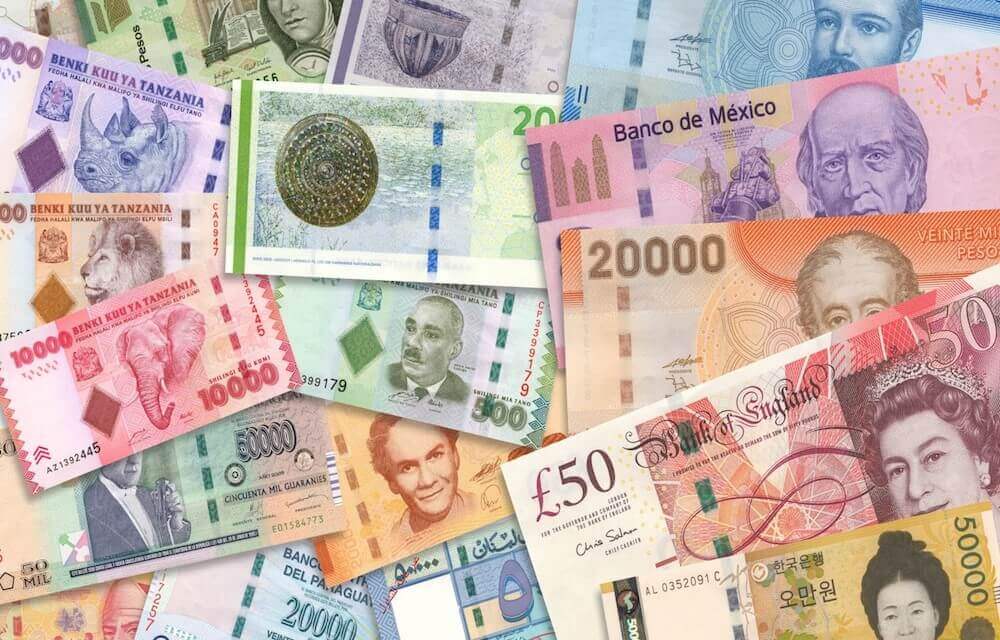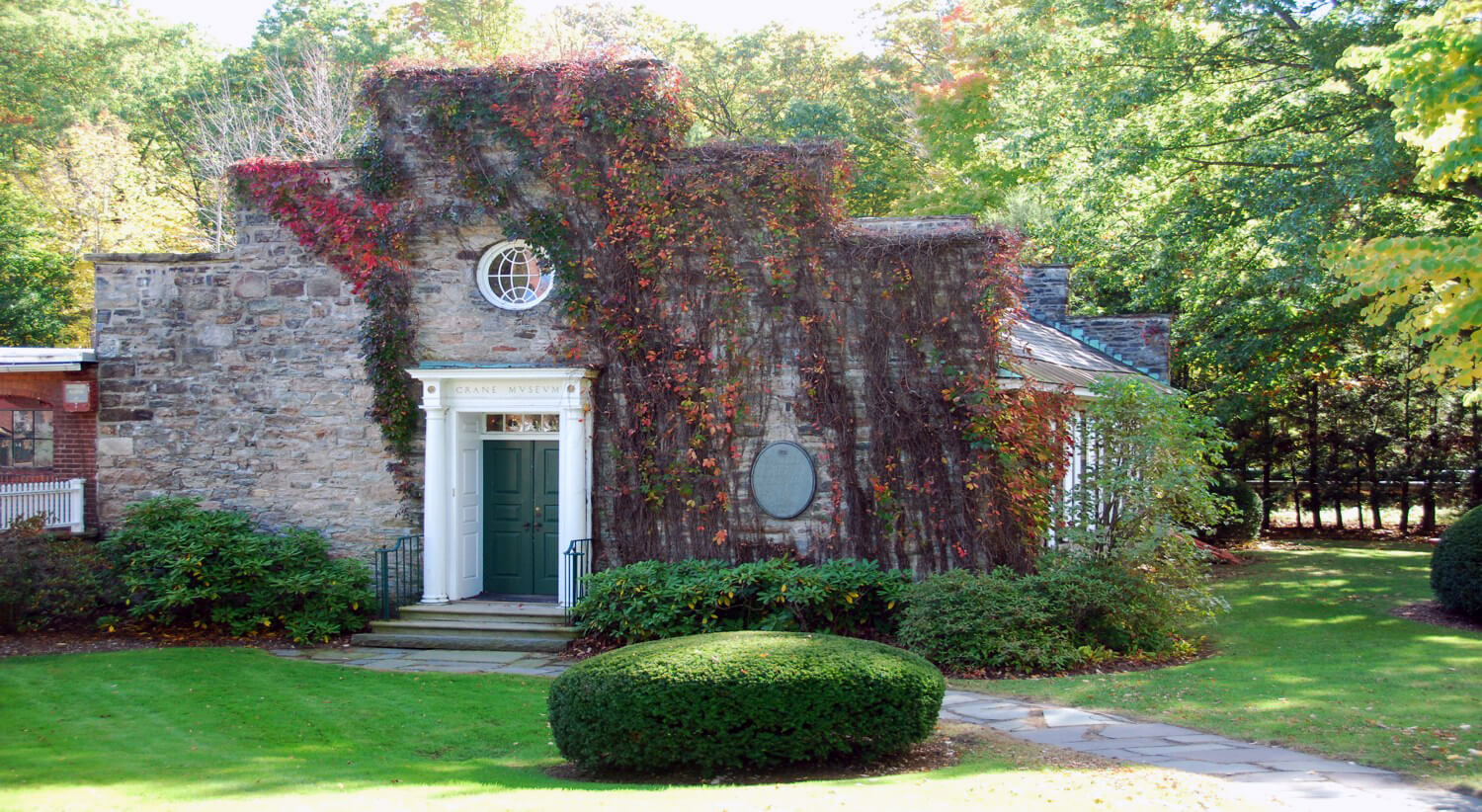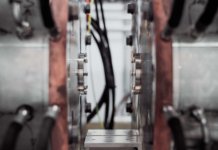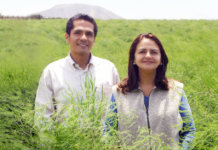Interview with Charlie Kittredge, Chairman of Crane & Co., United States of America
Located in Dalton Massachusetts, Crane & Co. can trace its roots back to the American Revolutionary War, when their paper mill printed the very first colonial bank notes. After its official founding in 1801, the 19th Century saw the family business sign a contract with the government to produce the United States’ currency paper which they retain until today.
Charlie Kittredge is a member of the sixth generation of the Crane family and currently, serves as the Chairman of the Board. Today the company is primarily a producer of bank notes and currency. As well, they develop and manufacture security features that go into bank notes, passports and other products.
It is Kittredge’s responsibility to oversee the company as it navigates a modern world. But evolving with the ever-changing times is how Crane & Co. has been able to remain in business all these years. There was a time when a good chunk of their business came from printing stationery and stock certificates. So when both personal correspondence and Wall Street went electronic, Crane & Co. had to adapt to survive.
Tharawat Magazine had the opportunity to sit down with Charlie Kittredge to discuss his family’s close ties to American History and how they are adapting to being a paper company in an increasingly paperless world.

Is it true that your company’s roots go back to the start of the American Revolutionary War?
If you go way back to our roots, Zenas Crane operated a paper mill outside of Boston called The Liberty Mill. It was right at the epicentre of the American Revolution. They made paper that was used to print The Massachusetts Spy which was a revolutionary paper that circulated during the occupation of Boston by the British. And they sold paper to a man named Paul Revere, who used it to print the first colonial currency.
Later the family built a mill on the Housatonic River in Dalton, Massachusetts, and we sold our first product in 1801. That’s when we credit the start of Crane & Company. I can look out my office window and still see the foundation of that first mill from my office.
Was it always clear to you that you would join the family business?
I didn’t think when I was growing up that I would play a significant role in the business. I worked in the company when I was young, growing up as a teenager. But, I had a career outside of Crane. However, every generation before me was an active part of the business. My father was involved, my uncles, my grandfather and great-grandfather worked in the business too. Crane & Company was who we were and is who we are. I came to the business from the top, you might say, as I was asked to be on the Board at some point. I stayed on the Board for a while, then I became Chief Executive Officer and now I am Chairman.
Can you give us a snapshot of Crane & Co.’s operation today?
We have operations in Dalton, Massachusetts. Six paper mills, four of which are still quite active. We have executive offices in Boston, Massachusetts. We have a security technology plant in New Hampshire and an R&D facility in Georgia. We now have a paper mill and currency print plant in Sweden. And we’re building another print plant in Malta. It’s quite different from the small domestic business we were before.
Tell us more about the evolution of paper as a technology product. What is the R&D and innovation that your family is looking to achieve?
There used to be 90 paper mills in Massachusetts in the last century. And now there is one, outside of Crane. So, we have tried to build on our expertise and to be relevant in the marketplace. If you look to our past, you can see a variety of different products that we designed, ranging from carbon paper to graphing paper, stationery, ledger paper, and even men’s shirt collars. We went into more high-tech water filtration applications. And we actually have a product on the Mars Rover.
But currency, where our focus is, today is much more focused on security. Anti-counterfeiting features are at the core of our production. We’ve had the United States currency contract for 150 years. And even the first time we bid for that contract, part of the specification was weaving a silk thread into the paper as an anti-counterfeiting device. We spend a lot of money on a lot of research figuring out how to stay one step ahead of the counterfeiters. We either make the paper or print the bank notes for over 12 to 15 billion bank notes per year.
[ms-protect-content id=”4069,4129″]

The finance industry is being disrupted by Bitcoins, Apple Pay, digital currencies and other means. Are you concerned this disruption might be a threat to your business?
Every time I stand in line at Starbucks and watch somebody pay for a cup of coffee with a credit card I cringe a little bit. I want them to pay with cash! (laughs) It is interesting. But the fallacy is that cash is being replaced by these electronic transfers. Which is not really true. Electronic transfers and the like are replacing each other. Cash is still being used, particularly in the developing world. The number of bank notes in circulation worldwide, even in the US, increases every year. In fact, in the United States, it increases 4 to 5 percent per year. So, cash isn’t disappearing now, and probably not in our lifetimes. I suspect it will at some point. But, I’m not worried immediately that our business is going to be replaced.
Aside from the digital currency trend, we’re living in a world that is increasingly finding ways to function paper-free. Do you feel you will be able to adapt to these rapid changes?
Well, it’s an interesting question. Of course, I’m concerned, we’re all concerned, about what might happen. I think you have to manage and run a business with some flexibility to adapt to the changes that you’re facing.
On the other hand, it does give me some confidence, and assurance, to know that over the course of several centuries the company has adapted to world wars, to the civil war in our country, to administration changes, and to technology advances.
This meant big drops in demand that you managed to cope with?
Huge. We were a big stationary business. But, of course, few people write letters anymore. People email of course. And there’s social media, so we’ve seen a precipitous drop in letter writing. Our stationery business is really a fragment of what it used to be. But, if you walk through our museum, it’s filled with these different products that we’ve had and that had to be phased out at some point in time. So, it’s like walking through history in many ways.
What about the environmental ramifications of paper production?
I think it’s one of the things I’m most proud of in our family business: Long before there were environmental regulations, and long before the government said you must do this or you must do that, the company and the family had been very concerned about pollution. We spend a lot of energy into protecting the environment. To be clear, currency is not made from wood. In fact, our stationary is not made from trees or wood. It’s all made from cotton or linen or other fibres, and we source those materials from the waste stream of the textile manufacturing process. We’ve sourced materials from family farms or family textile mills all over the world.

So that’s a circular economy approach that you have. You take the waste, and you repurpose it?
Exactly. In fact, Crane used to be the largest buyer of used blue jeans in the world. Because we use blue jeans, the cotton jeans, in the mix for US currency. Then the fashion industry, of course, went to stretchy materials – Lycra and things like that. So, we no longer can use blue jeans as a source of raw materials. Even though we went to the FED and said wouldn’t a stretchy dollar bill be sort of perfect but they said ‘No, we don’t want that.’ (laughs)
What is the waste that you produce at the end of your production cycle?
It’s not too much. We have a very aggressive tertiary treatment plant for the water, so nothing is released into the river that’s not drinkable for instance. And we’ve collaborated with the local area regarding power generation. There’s a large trash burning facility that we invested in and partnered with that produces steam, and the steam is used to power many of the mills in Massachusetts.
Going forward, what does the next generation, the seventh generation for Crane & Co. look like? Are there family members who are interested?
We’ve spent a lot of time trying to make it a meritocracy, so that family members, if they did join the business, weren’t guaranteed a job. In fact, it was always an honour as a family member to work for Crane & Company. And it was also important to show the people who weren’t family that just because you were a family member, it didn’t mean that you had a job. My daughter, who worked in the business for some time said to me once ‘You know Dad, I’ve got to work twice as hard as anyone else just to show people that I’m not here because of the legacy. And to command respect, I have to be better than anyone else.’ And that’s true in a sense. At this point in our history, we focus a lot on being good shareholders and driving innovation for our business to move forwards.
[/ms-protect-content]














